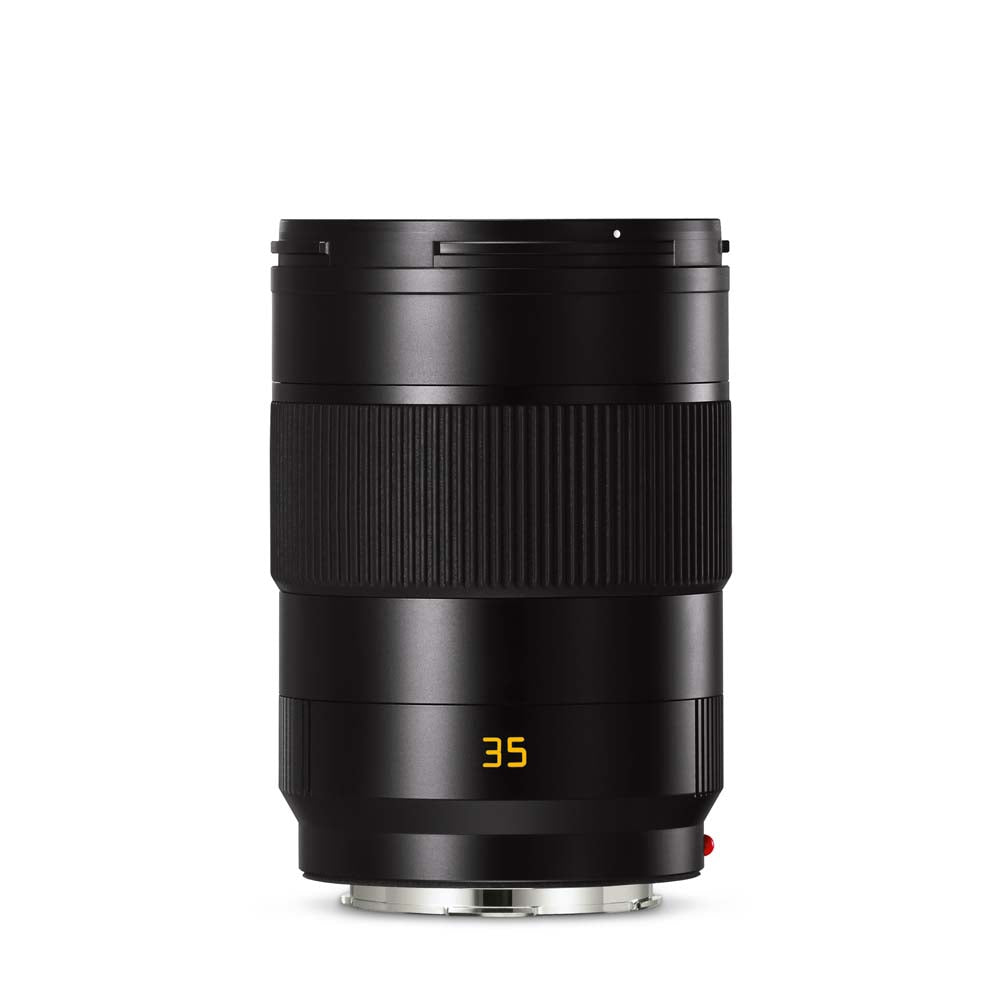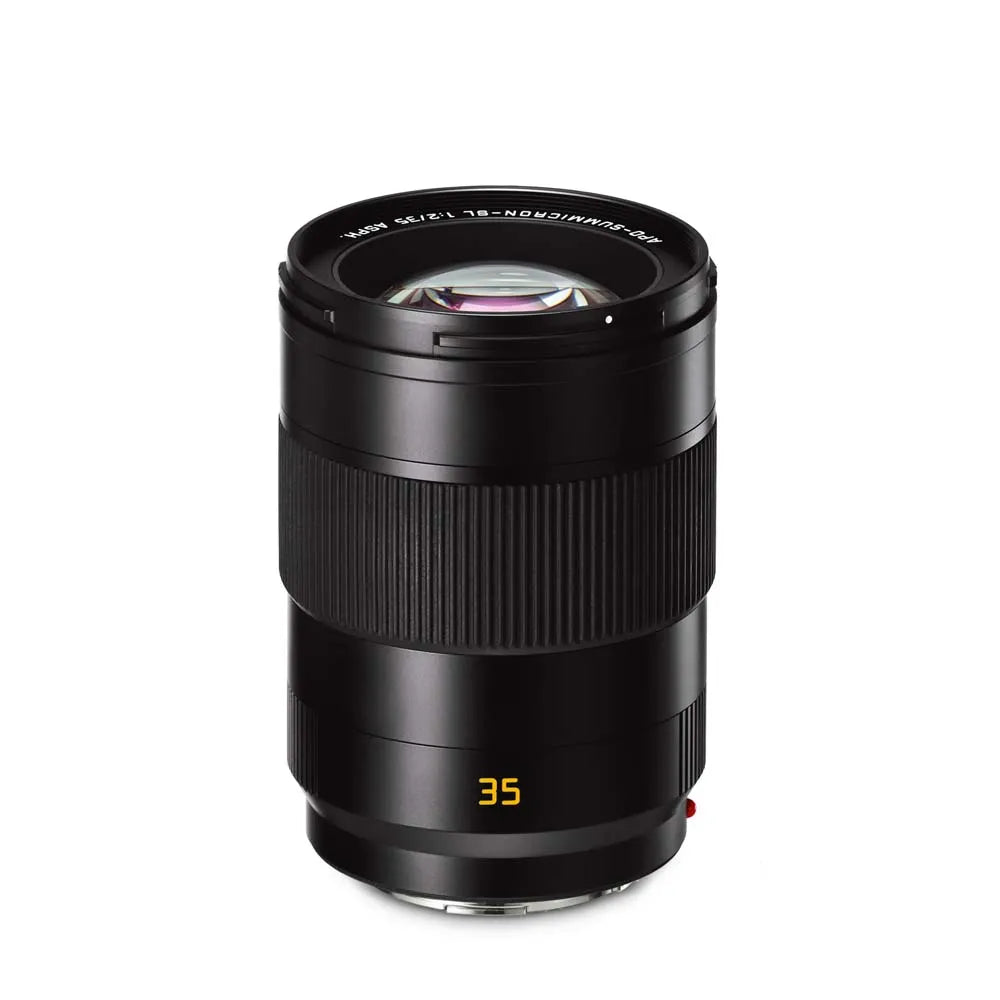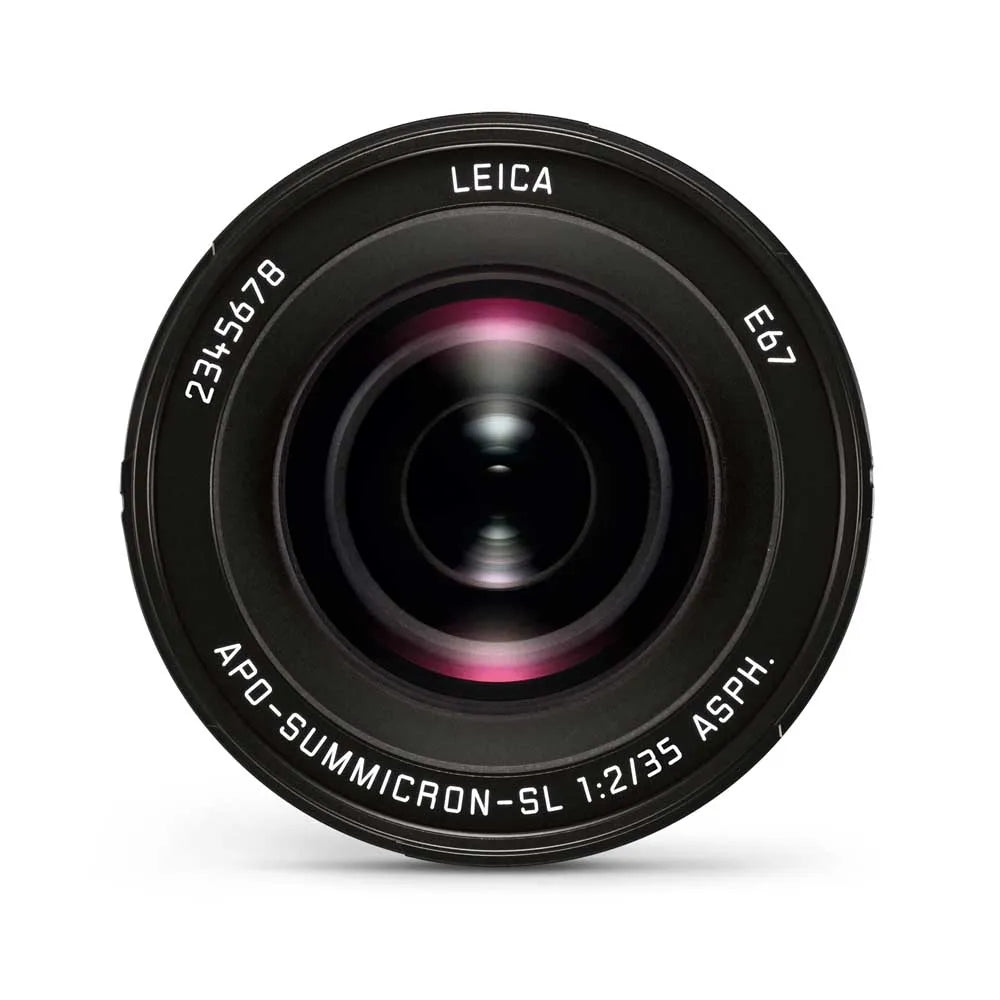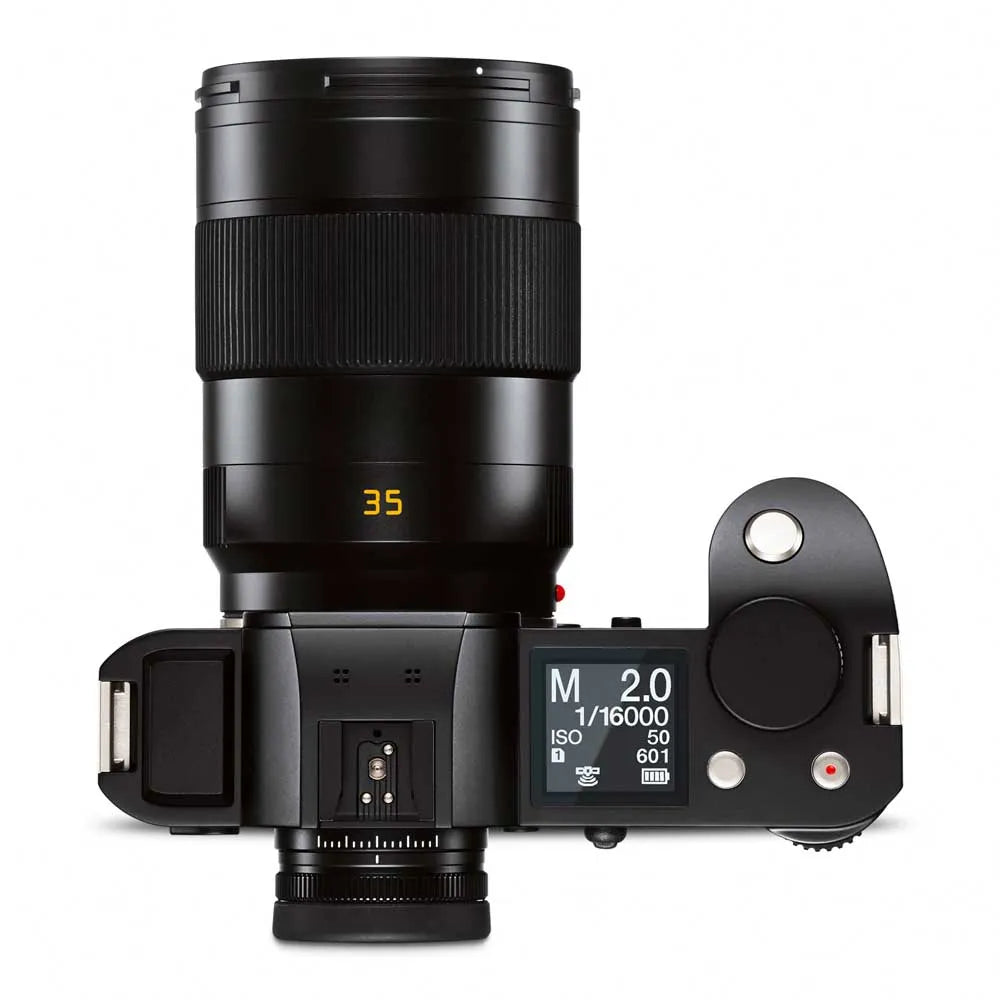



LEICA APO-SUMMICRON-SL 35MM F2 ASPH
Pickup available at 690 Great South Road, Penrose
Usually ready in 2 hours

LEICA APO-SUMMICRON-SL 35MM F2 ASPH
690 Great South Road, Penrose
690 Great South Road
Penrose
AUK
Auckland 1061
New Zealand
COMPLIMENTARY SHIPPING available on all orders.
Details Matter.
Broader Perspective
As a moderate wide-angle prime, the APO-Summicron-SL 35 f/2 ASPH. is almost a universal lens. Its fast autofocus, robust design and construction and exceptional imaging quality make it an outstanding lens for reportage and a convincing choice for other areas of photography such as architecture, landscapes, portraiture and studio work. It is perfectly matched to the cutting-edge SL-System and has been conceived for a long working life under professional shooting conditions.
From zero to sharp in no time
The AF system of the Summicron-SL lenses is fast, precise, and almost silent. They thank their outstanding AF performance figures to the autofocus drive unit they share. These are limited only by the mass of the lens elements moved when focusing, the travel from infinity to the closest focusing distance and, of course, the amount of space available. In order to preserve the compact dimensions of the lenses, the integration of these components must follow an integral approach.
For greater perceived depth
With an initial aperture of f/2, the SL-Summicron lenses are significantly more compact than faster lenses, but still allow photographers to work with similar depth of field. The reason for this is contrast: the zone of highest contrast is perceived by viewers as being sharp, while zones with lower contrast are regarded as being unsharp.
A new standard
In the construction of the Summicron-SL lenses, particular attention has been paid to the prevention of stray light and reflections. The optimization of the optical and mechanical design was carried out in elaborate simulations before the construction of the first prototype lenses. Unavoidable reflections are reduced to the best possible level by high-quality coating of lens surfaces.

